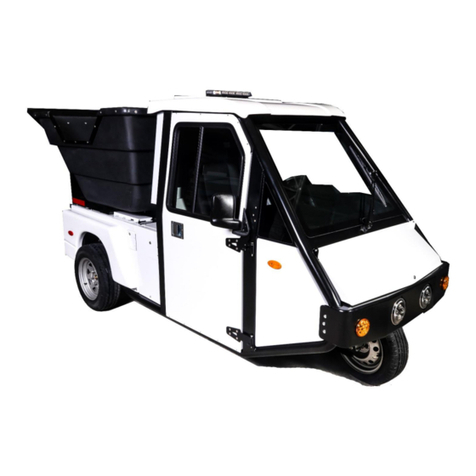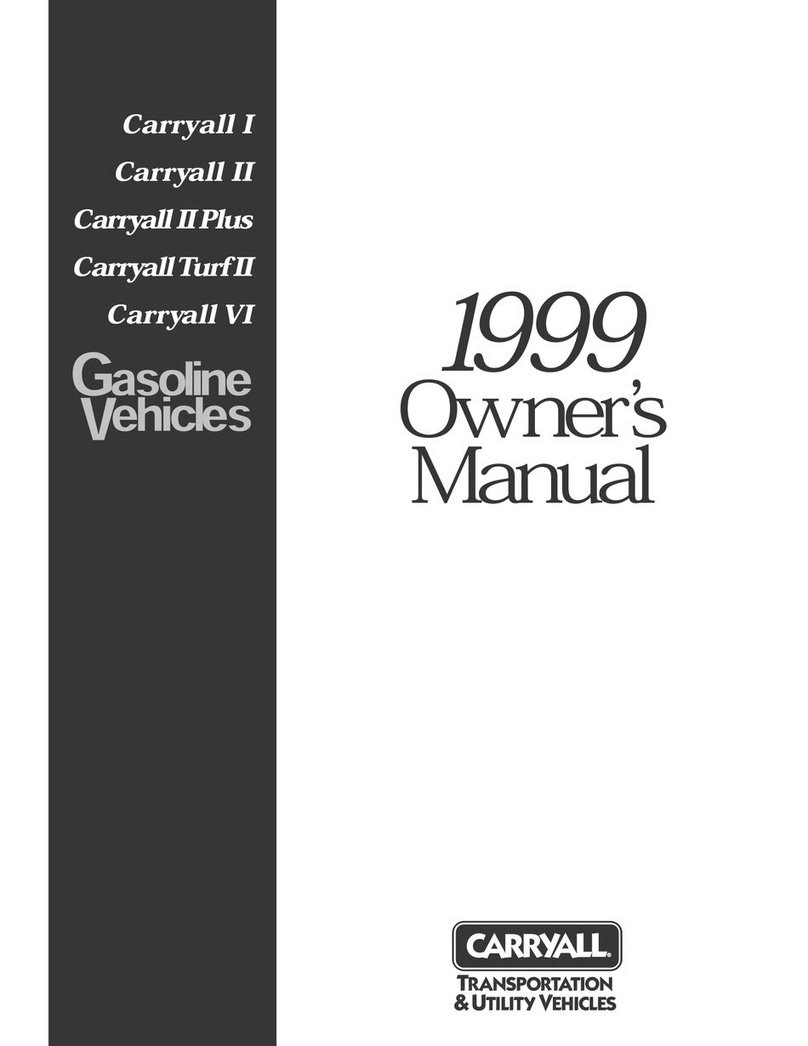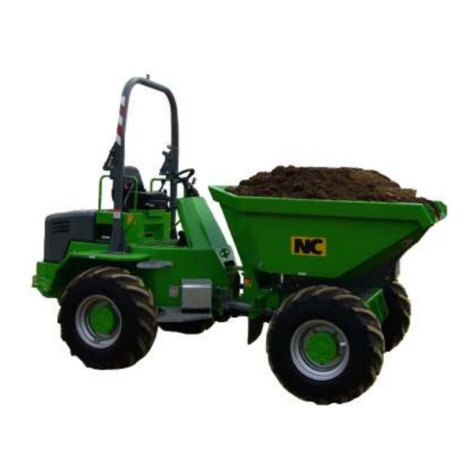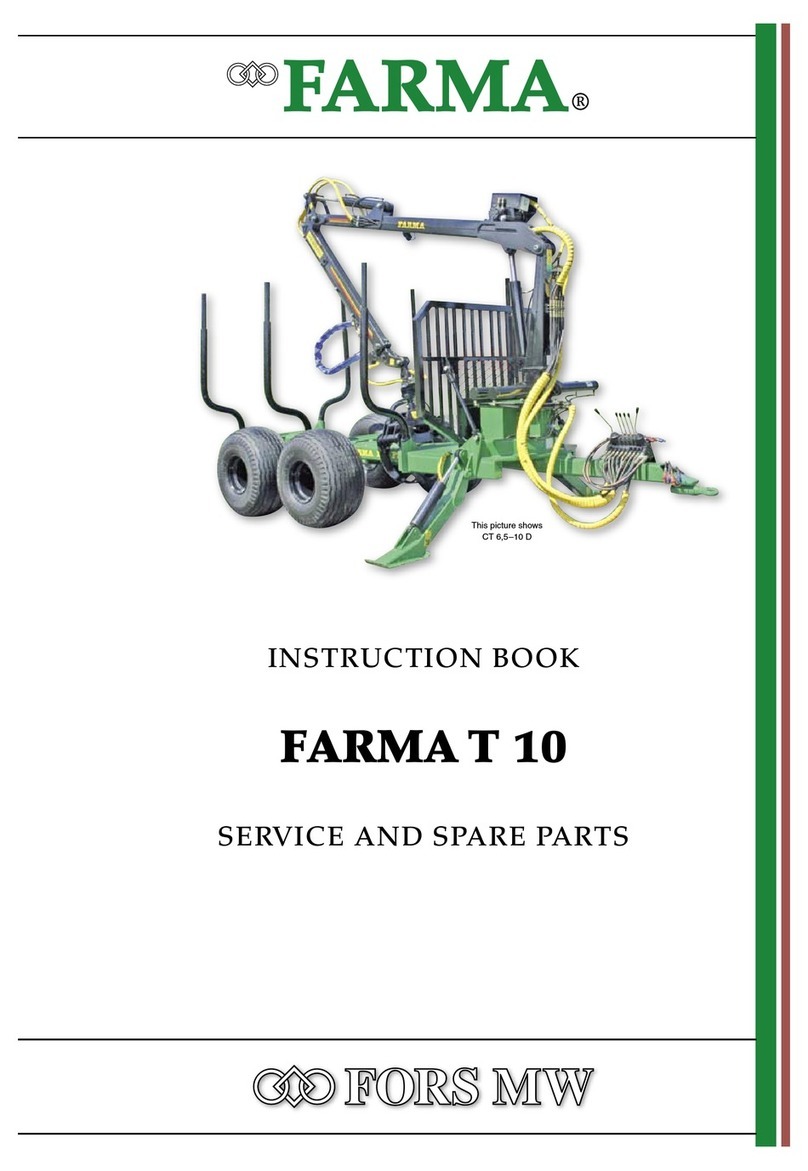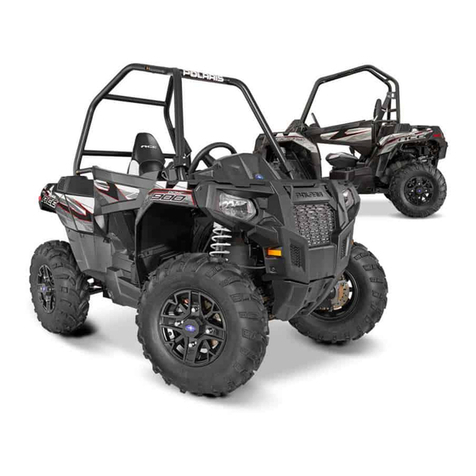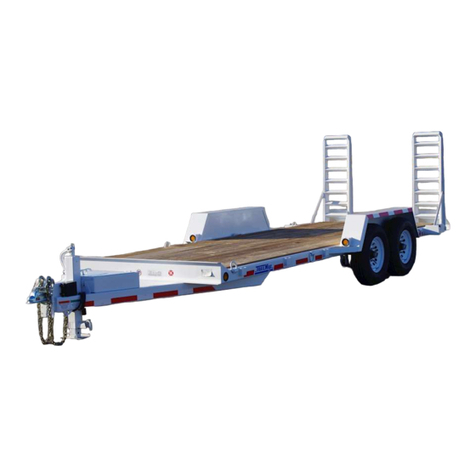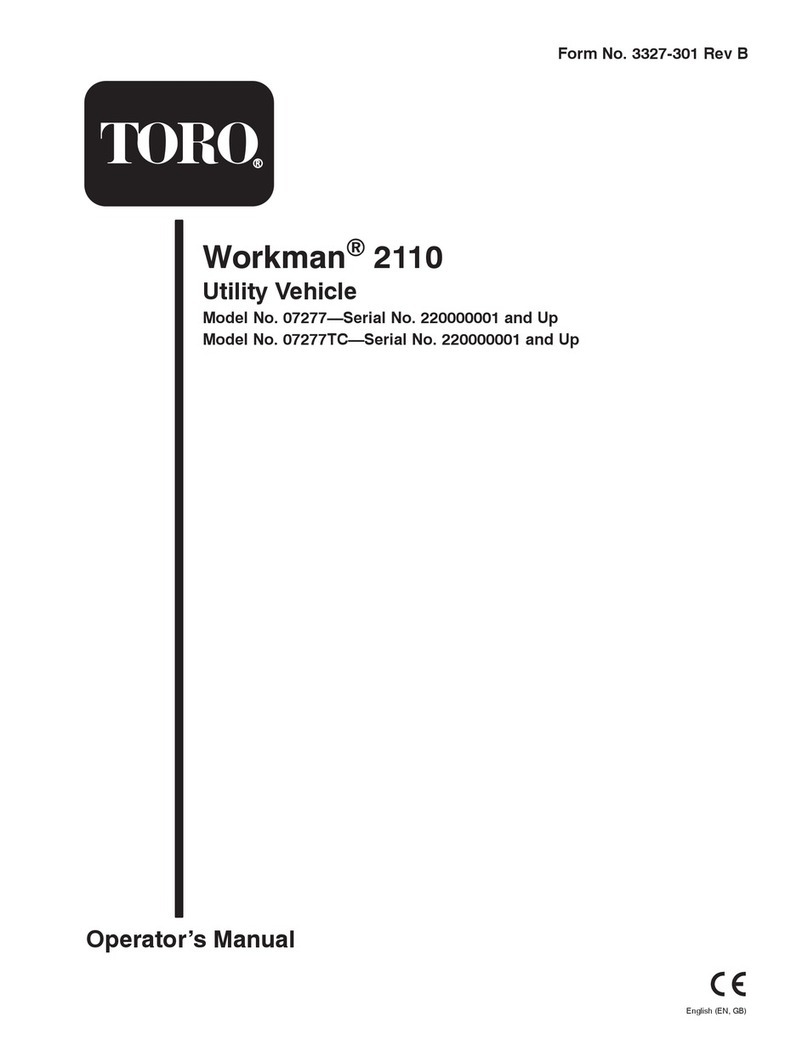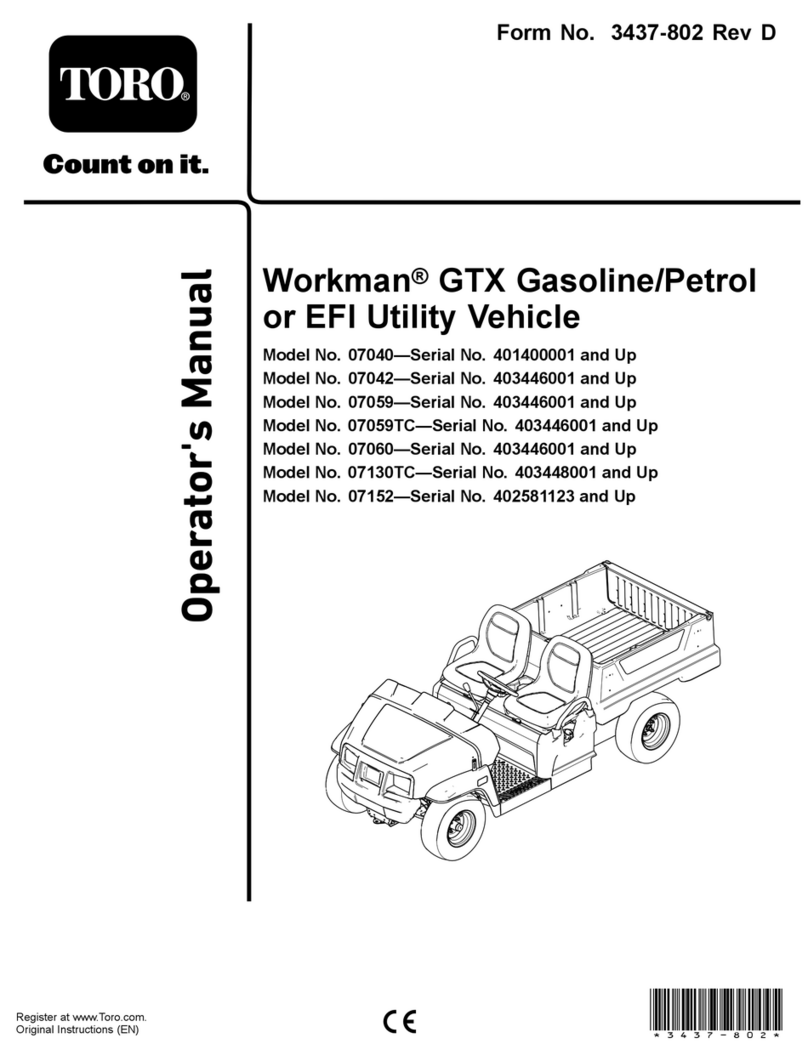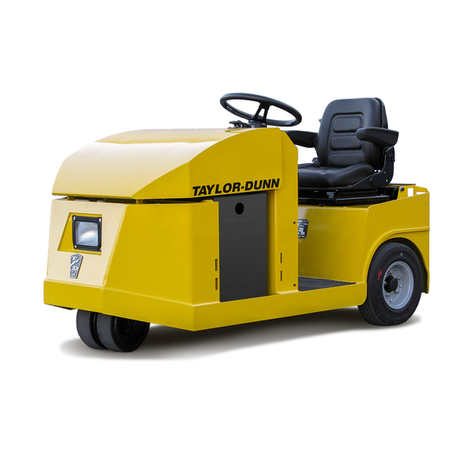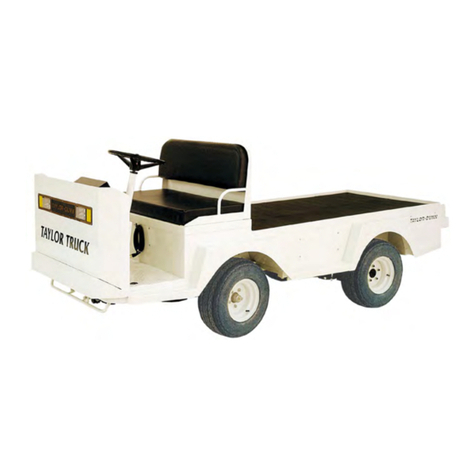5
Pre Handover Check List
Return form to
NC ENGINEERING (HAMILTONSBAWN) LTD
2 Killyrudden Road
Hamiltonsbawn
Co Armagh BT61 9S
Delivery on this machine has been completed, including the following items.
Tick check box when each item is completed.
1. Operator Handbook delivered with equipment and operator controls and
warning labels explained to user
2. Maintenance Handbook, service intervals, fluid level checks and adjustments
explained to user.
3. Parts book and information explained (Parts book can be purchased through
dealer)
4. All items on delivery checklist have been completed
Operators signature: …………………………………………
Signature on behalf of Dealer: ……………………………...
DISTRIBUTOR/DEALER:………………
E UIPMENT MODEL: …………………
E UIPMENT SERIAL No:………………
HOURMETER READING: ………………
DELIVERY DATE: ……………………….
TODAYS DATE: ………………………….
Customer Name (Please Print): ………………………………………………………………
Address: ………………………………………………………………………………………
…………………………………………………………………………………………………
Postcode: …………………… Country:…………………………. Tel: ……………………...
Delivery Checklist
(Continued on reverse side)
Complete this form with the user / customer and return it to NC
At Dealership
Make sure any necessary field service instructions have been completed
Make sure all necessary certificates and literature are available
All decals are fitted


